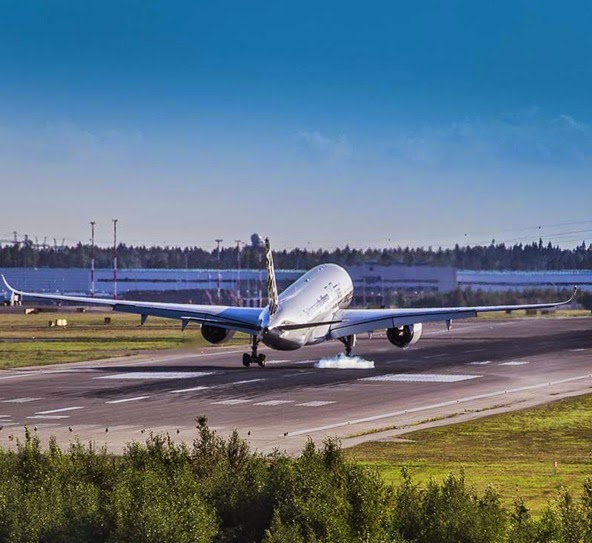“Aeroflot was one of the early customers for the A350, as it signed for 22 aircraft in 2007,” Airbus VP for Eastern Europe and Central Asia Andreas Kramer said during the MSN5 one-day stop at Moscow Sheremetievo airport within the A350 World Tour. “We are in Moscow to show theA350XWB to.”
Even though Aeroflot placed its A350-800 order before Airbus dropped the original design in favor of the more spacious XWB and subsequently launched the A330neo, the manufacturer still counts Aeroflot orders among the total orders collected so far. Currently there are 8 A350-800 and 14 A350-900 orders considered in Airbus´ orderbook.
Aeroflot deputy general director and head of flight operations Igor Chalik said that the airline has yet to decide how to convert its earlier order, and which of the currently available models it might take instead of the A350-800.
“Everything depends on how our network of routes develops, as we want to maximize the seat loading factors,” he said.
“Since we placed the order, things have changed. The currently available -900 and-1000 versions have larger cabins.”
Aeroflot plans to open A350 revenue operations in 2018. “So the choice of a model is not something for today; we can make it later, not now,” added Chalik.
Other sources within Aeroflot said that the airline has begun considering the A330neo as a less expensive alternative to the A350.
Aeroflot considers the A350XWB as a natural successor to the Il-96-300, noting fuselage cross-section similarities and 9-abreast seating in the same factory arrangement.
Based on the article “Sanctions Cast Shadow over A350 Visit to Moscow” published in AINOnline




















































